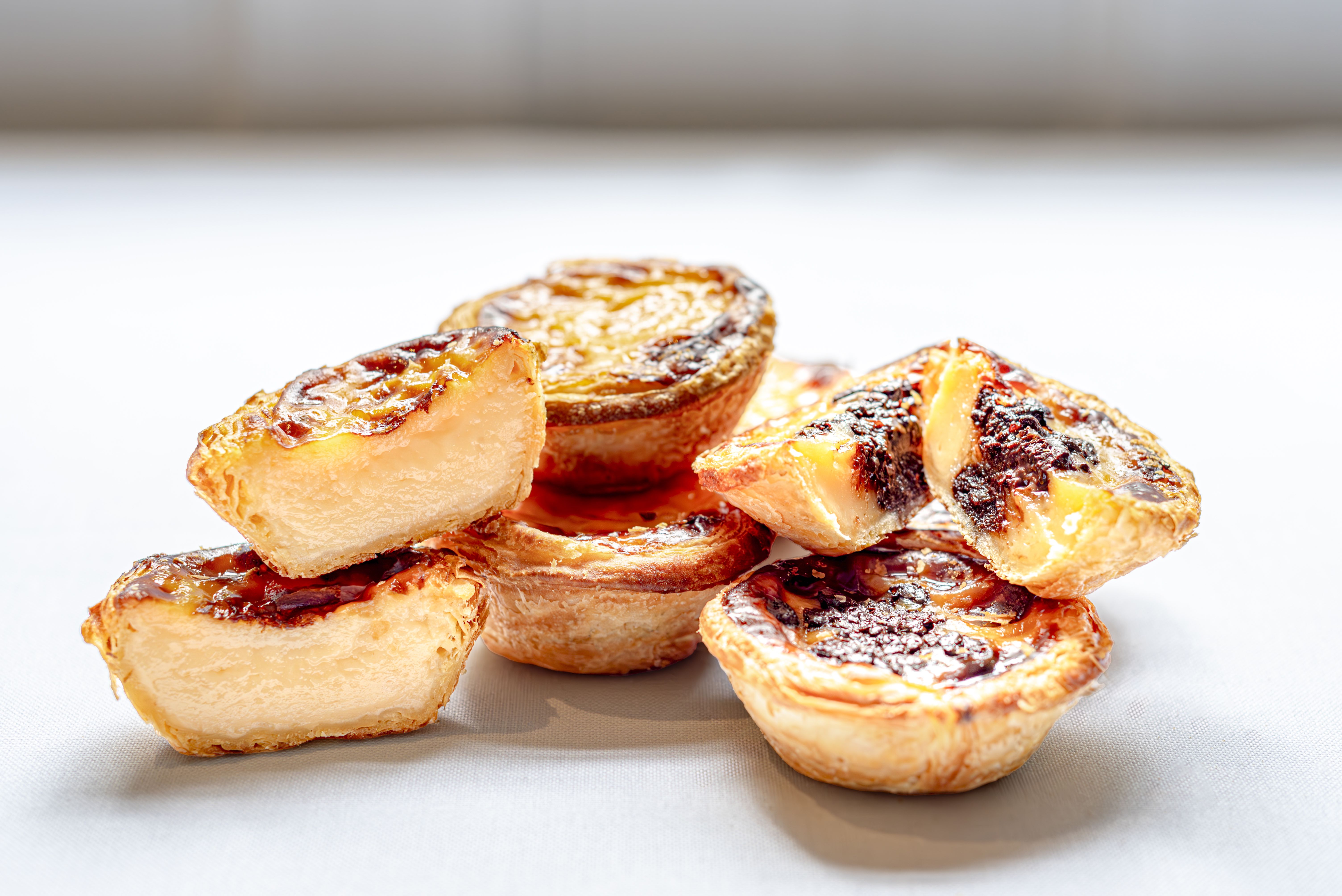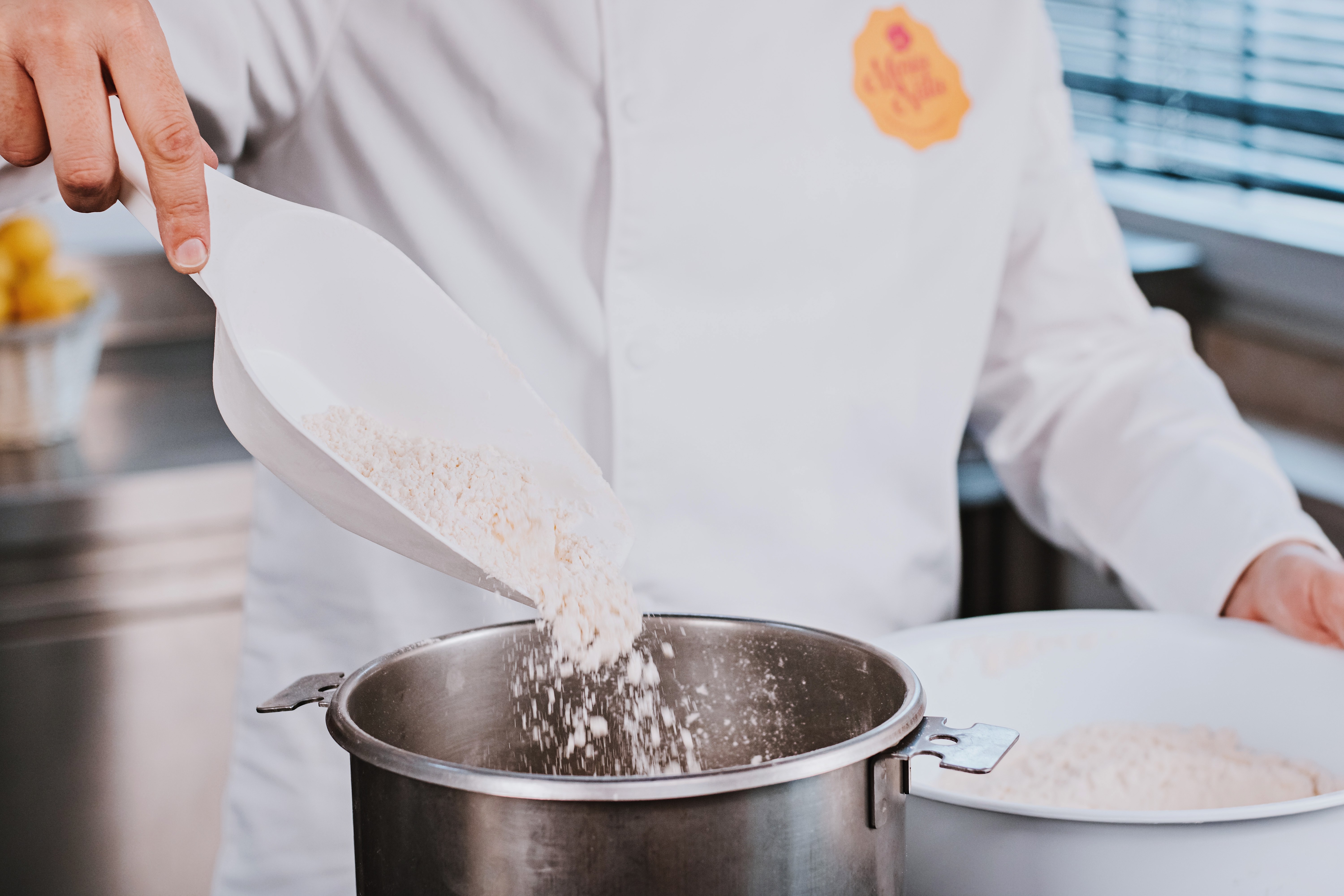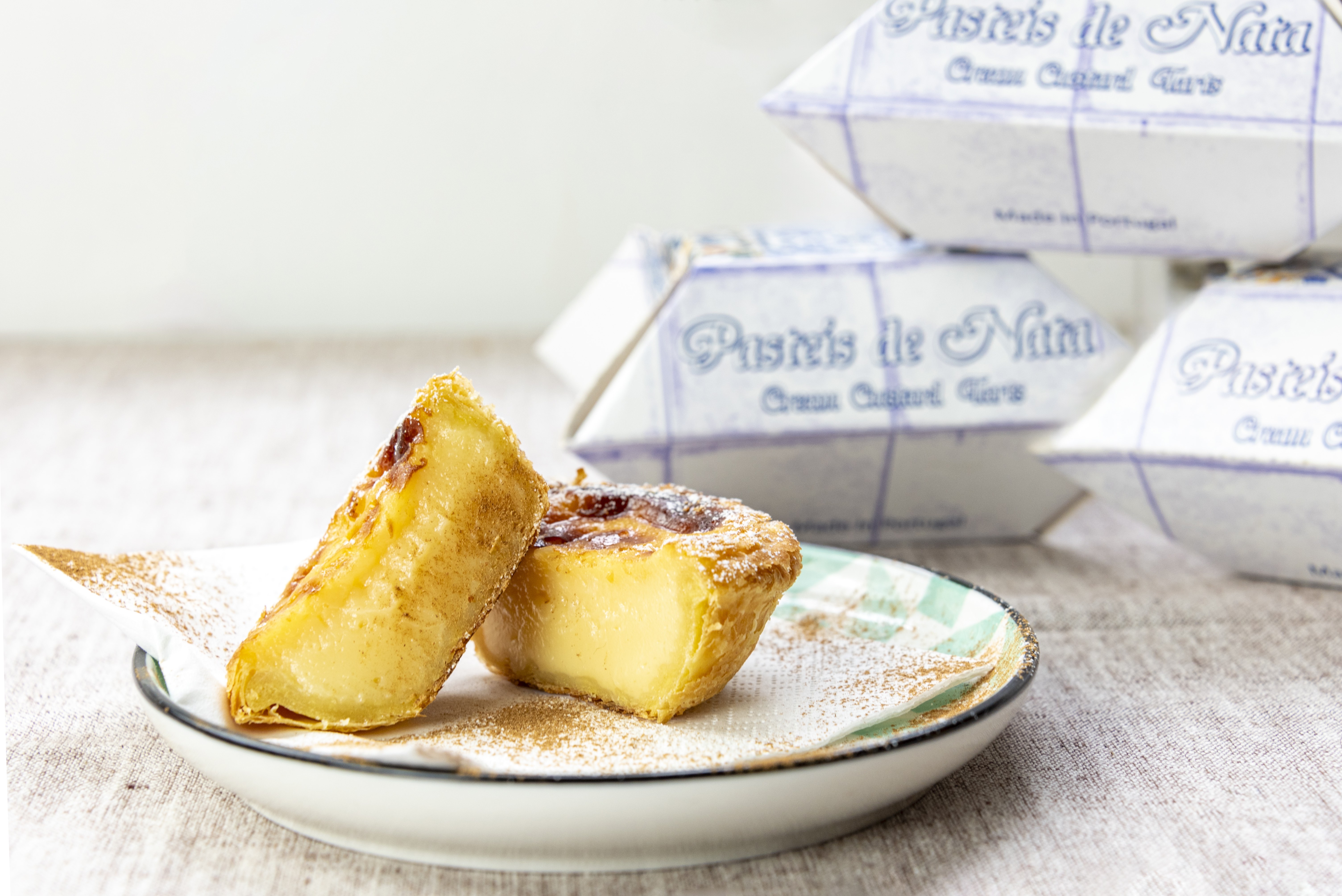British and Portuguese Christmas dessert traditions each offer a rich tapestry of flavours, history, and festive stories, and imagining them together creates a delicious cultural fusion worthy of any holiday table. In Britain, Christmas pudding holds a similar place of honour—a rich, steamed pudding steeped in spices and dried fruits, often flambéed for dramatic effect, with traditions like Stir-up Sunday and hidden coins for luck. Mince pies are stars of snacking all season long. Once savoury, they evolved into the sweet mincemeat filling, a spiced mix of dried fruits and sometimes a hint of brandy. Eaten warm alone or with cream, they’re little pockets of Christmas joy. Folklore says eating a mince pie each day of the 12 days of Christmas brings a year of good luck.
At the heart of the Portuguese Christmas table sits the iconic Bolo Rei, or King's Cake, a festive bread-like cake decorated with glistening candied fruits and nuts. Originating in the 19th century from French tradition, it symbolises the gifts of the Magi and traditionally contained a hidden fava bean and a coin. Whoever finds these in their slice must buy the next year's cake, sharing fortune and fun alike. Portuguese Christmas also boasts unique desserts like aletria, a sweet vermicelli pudding reminiscent of rice pudding but infused with cinnamon and lemon, and rabanadas, a Portuguese-style French toast.
Just as mince pies hold a special place as bite-sized beads of holiday cheer in the UK, a pastel de nata, warm, flaky with a subtle dusting of cinnamon and powdered sugar, can play that celebratory snacking role across Portuguese holiday gatherings. Try garnishing each custard tart with a thin slice of candied orange or clementine peel for a colourful, zingy finish. Or use a stencil to dust the top with icing sugar or cinnamon powder in the shape of Christmas stars or trees. And, if you're feeling fancy, add edible gold leaf or glitter for the ultimate Christmassy twist.
These creamy and caramelised delights will bring a warming richness that complements the festive spirit, just as mince pies do in Britain. Together, these desserts illustrate how holiday feasts can blend history and innovation, with British and Portuguese sweets offering overlapping stories of symbolism, family rituals, and cultural pride.
* Move the cursor around the text to find links.
Quick bites:
Baking innovation brings indulgence to the season
https://www.bakeryandsnacks.com/Article/2025/09/15/christmas-2025-bakery-snack-trends/
Some festive 2025 trends in baking
Supermarket reveal Christmas menus
https://www.foodbev.com/news/most-wonderful-time-of-the-year-2025s-seasonal-delights









.jpg)















